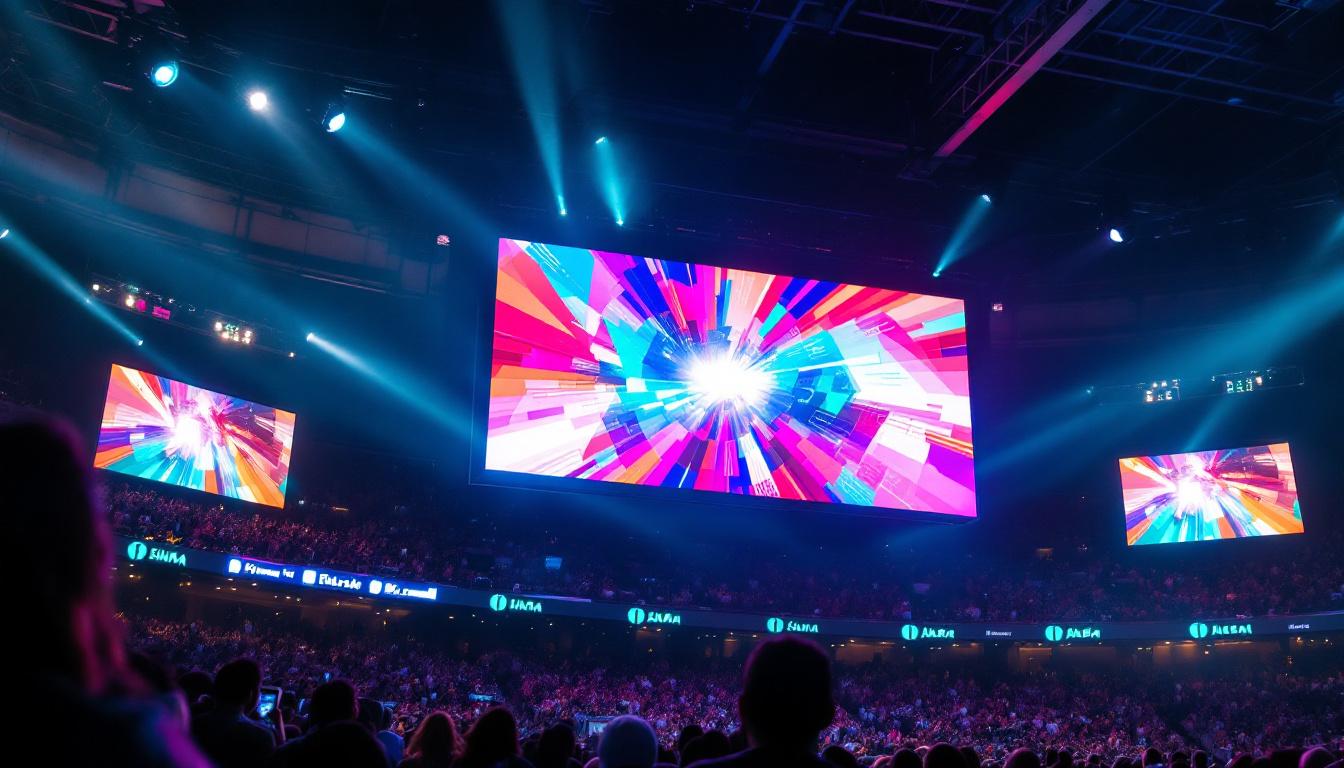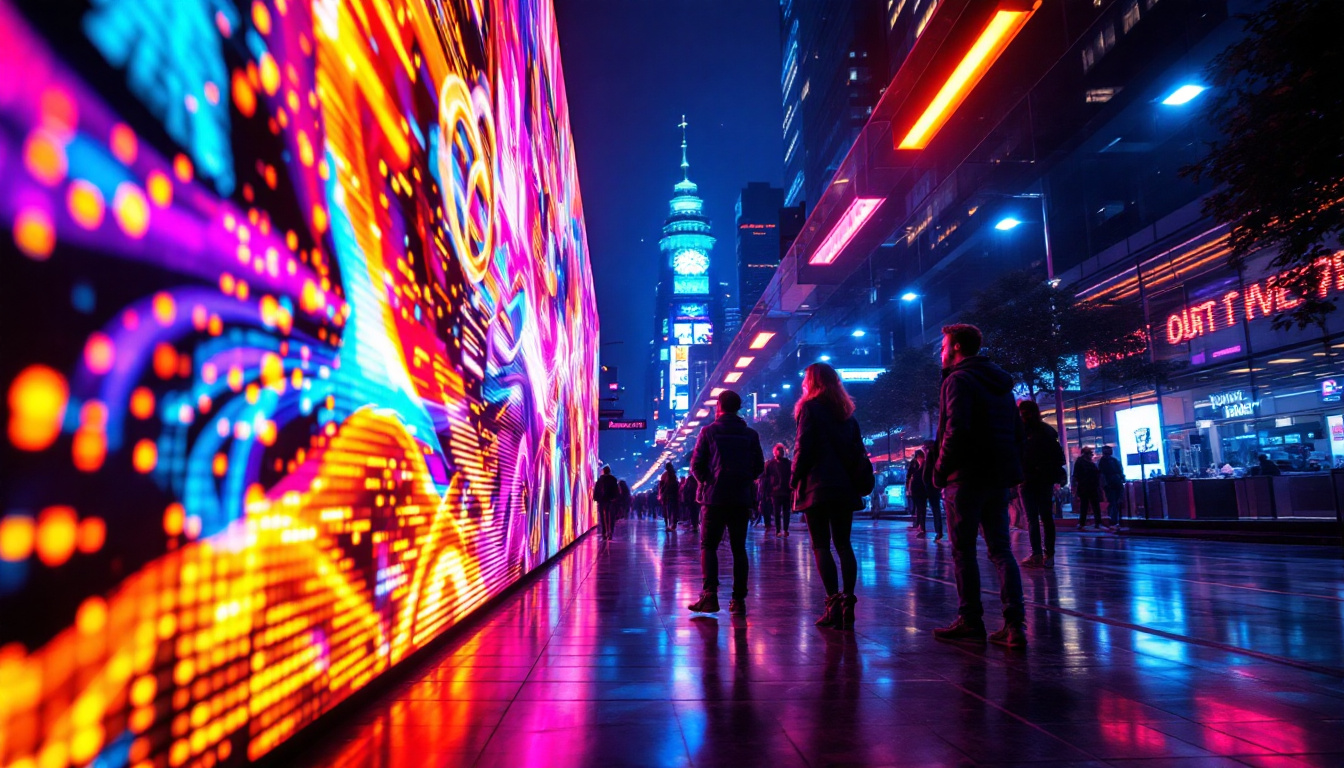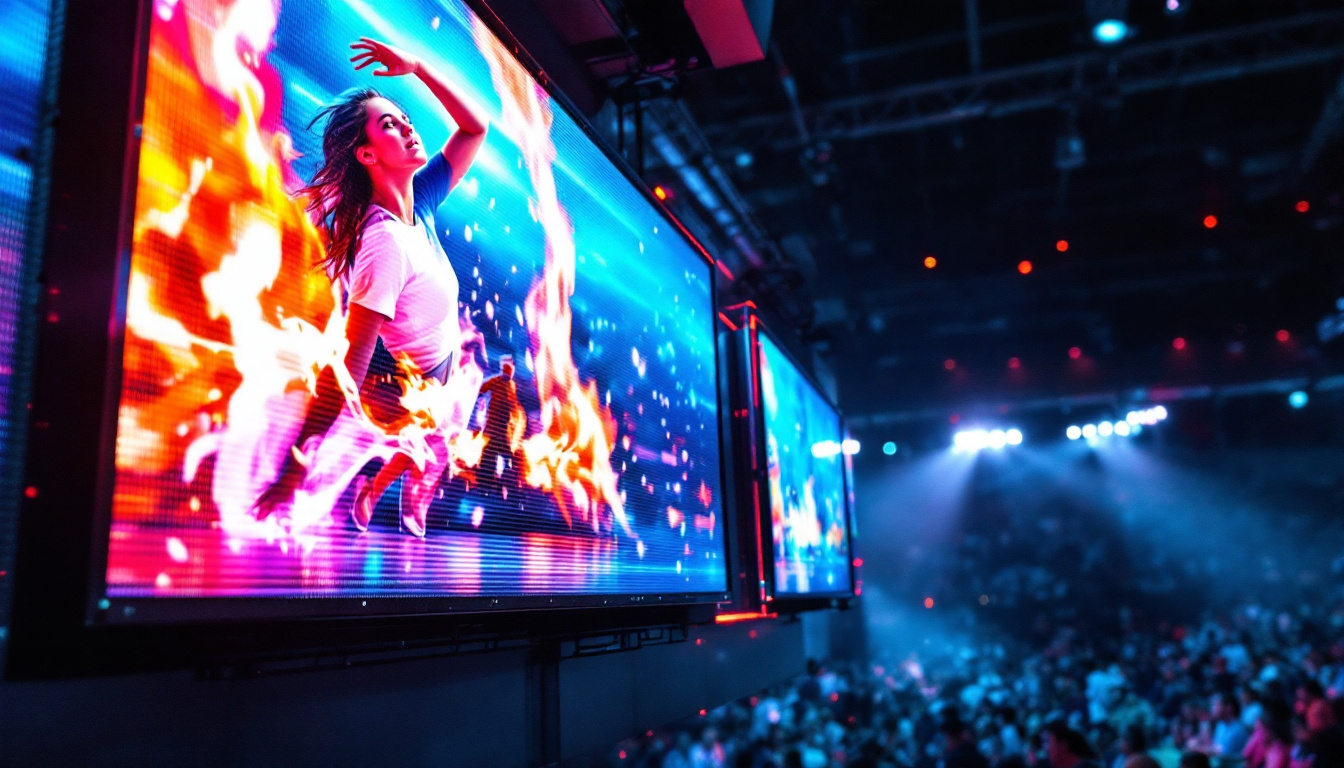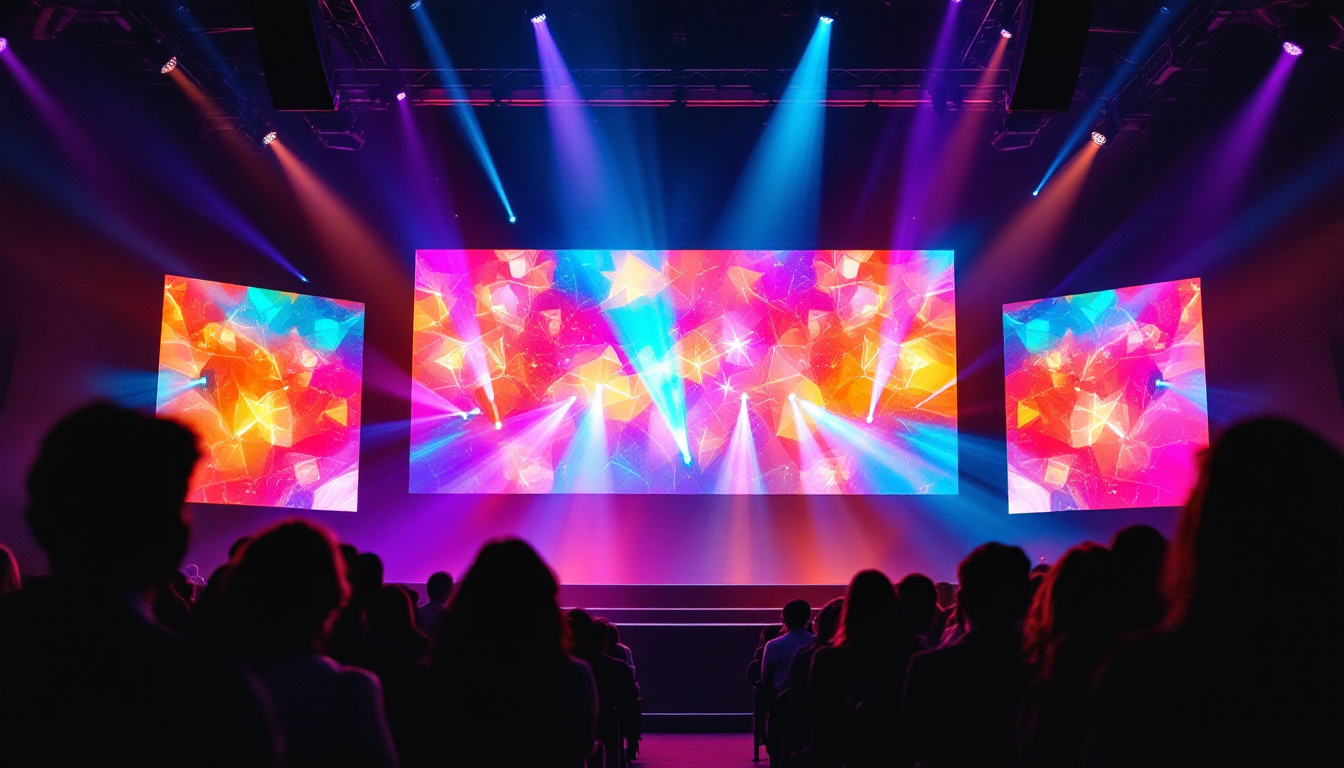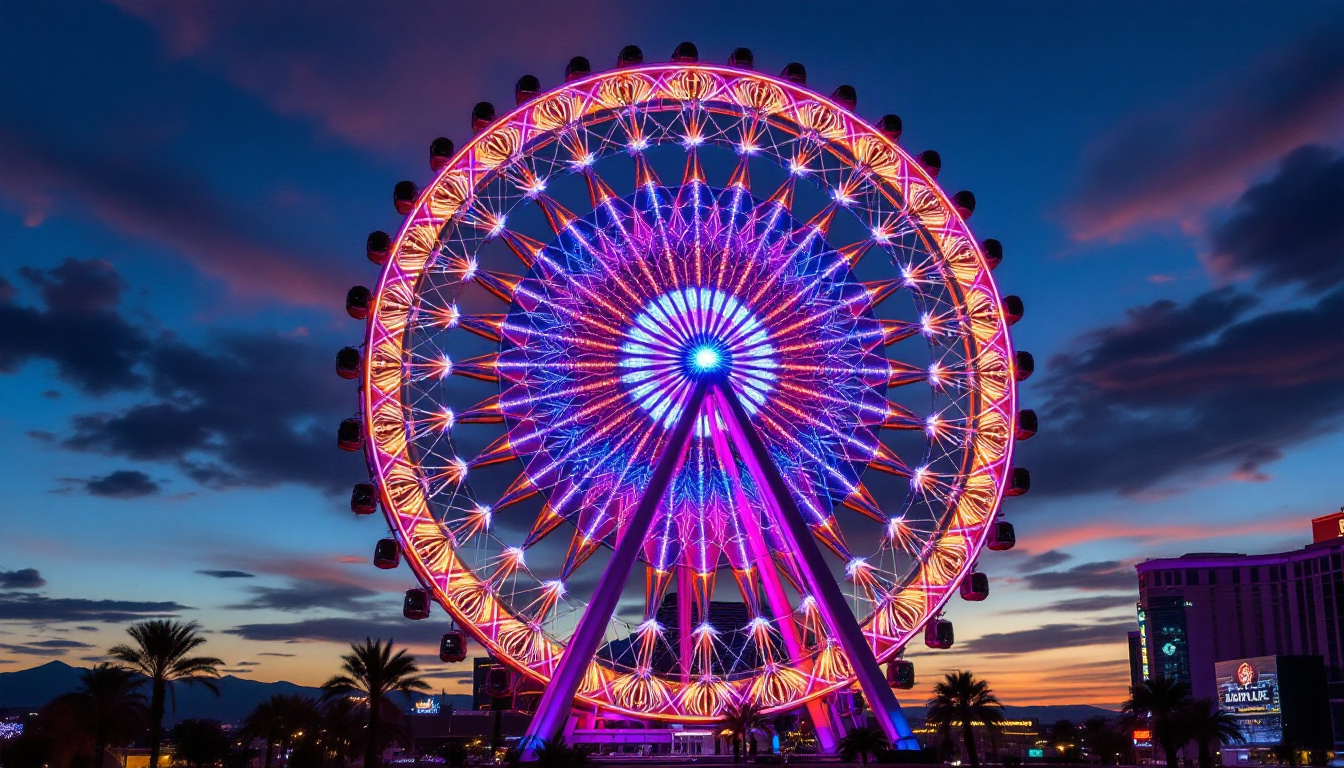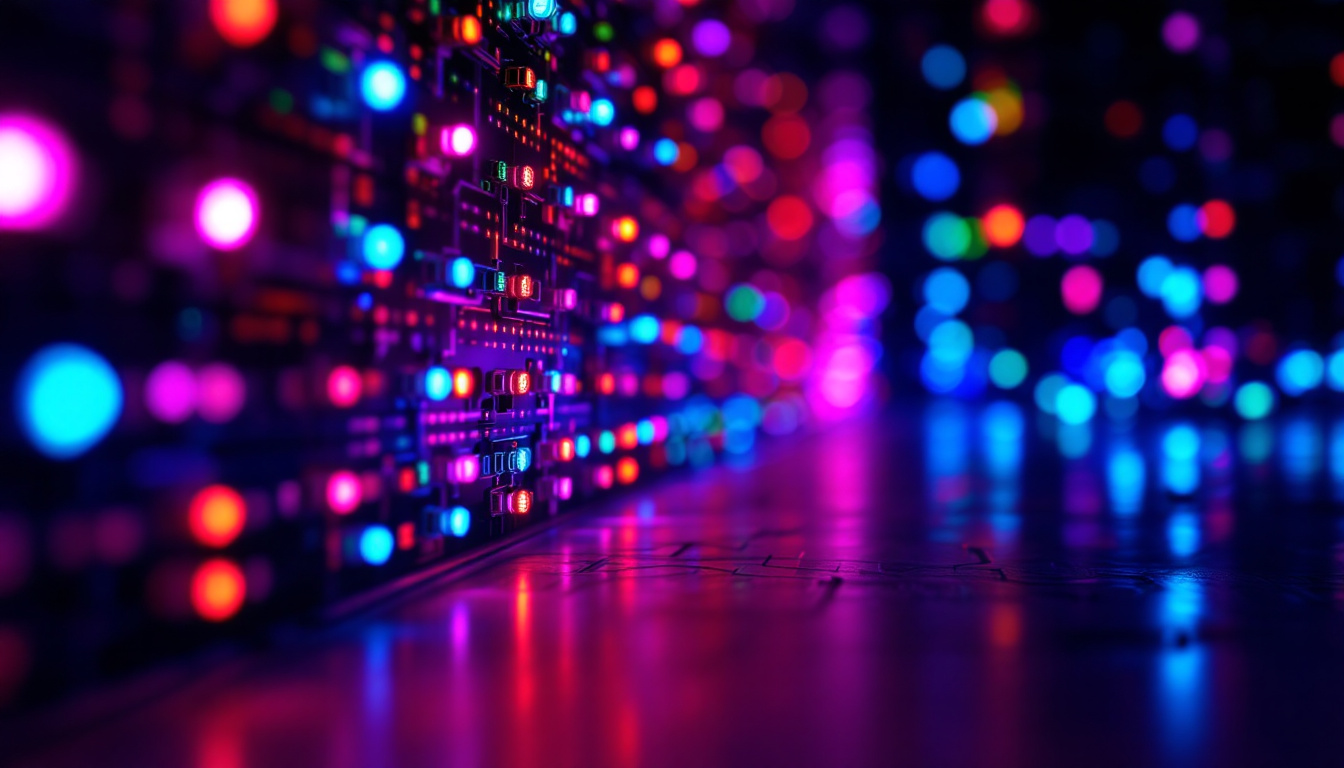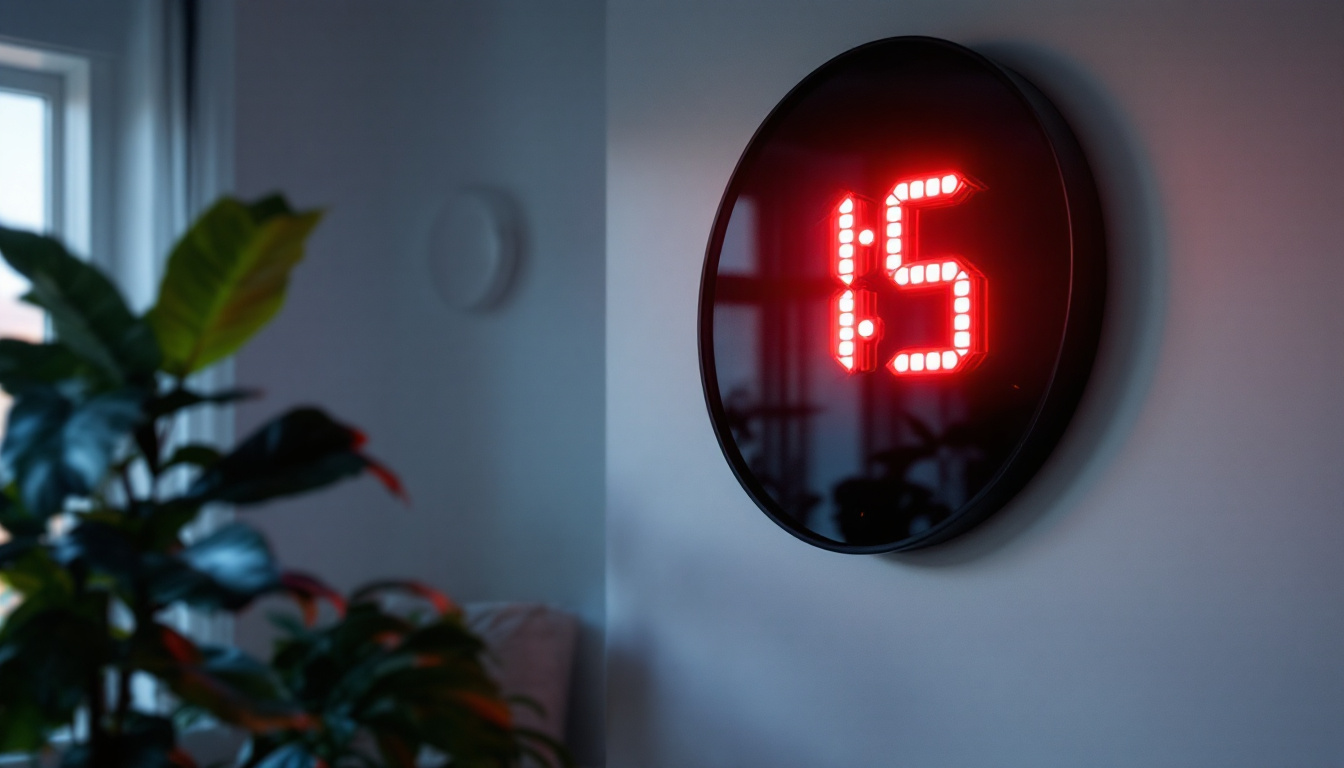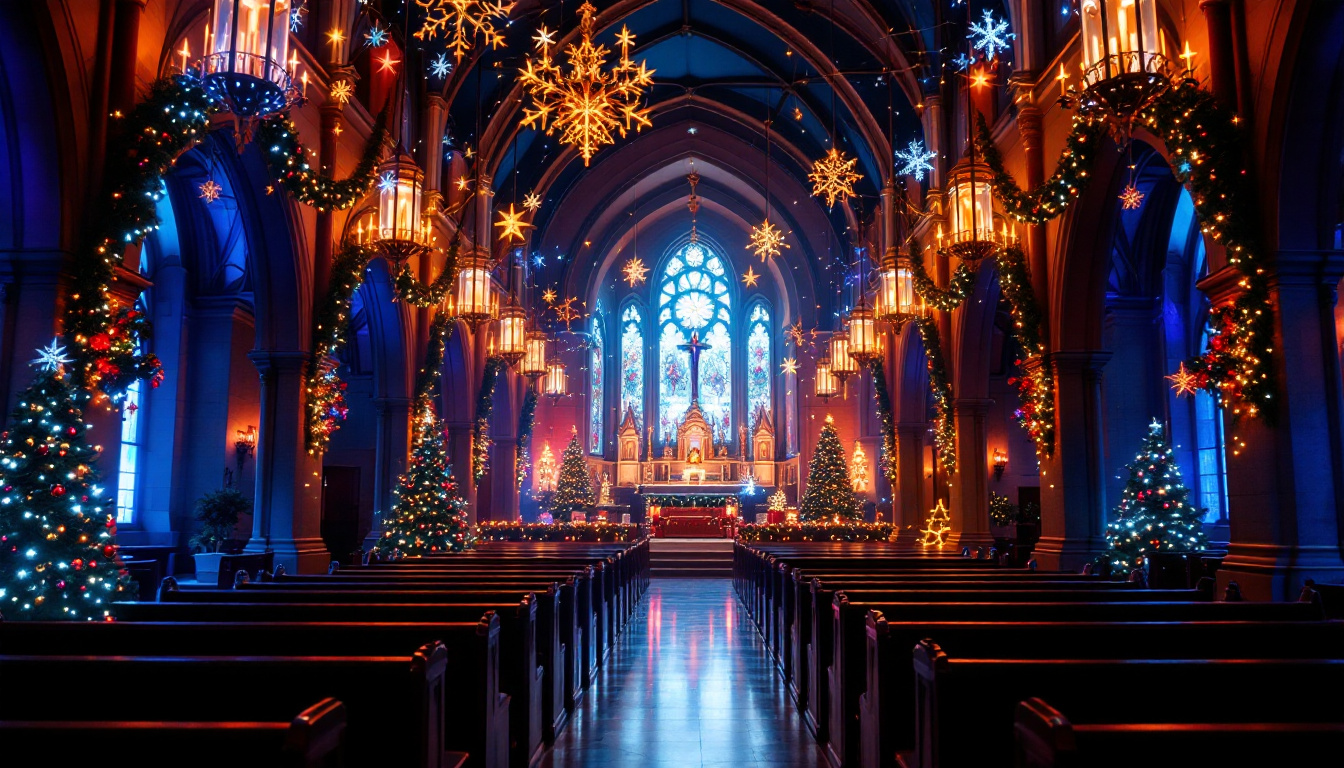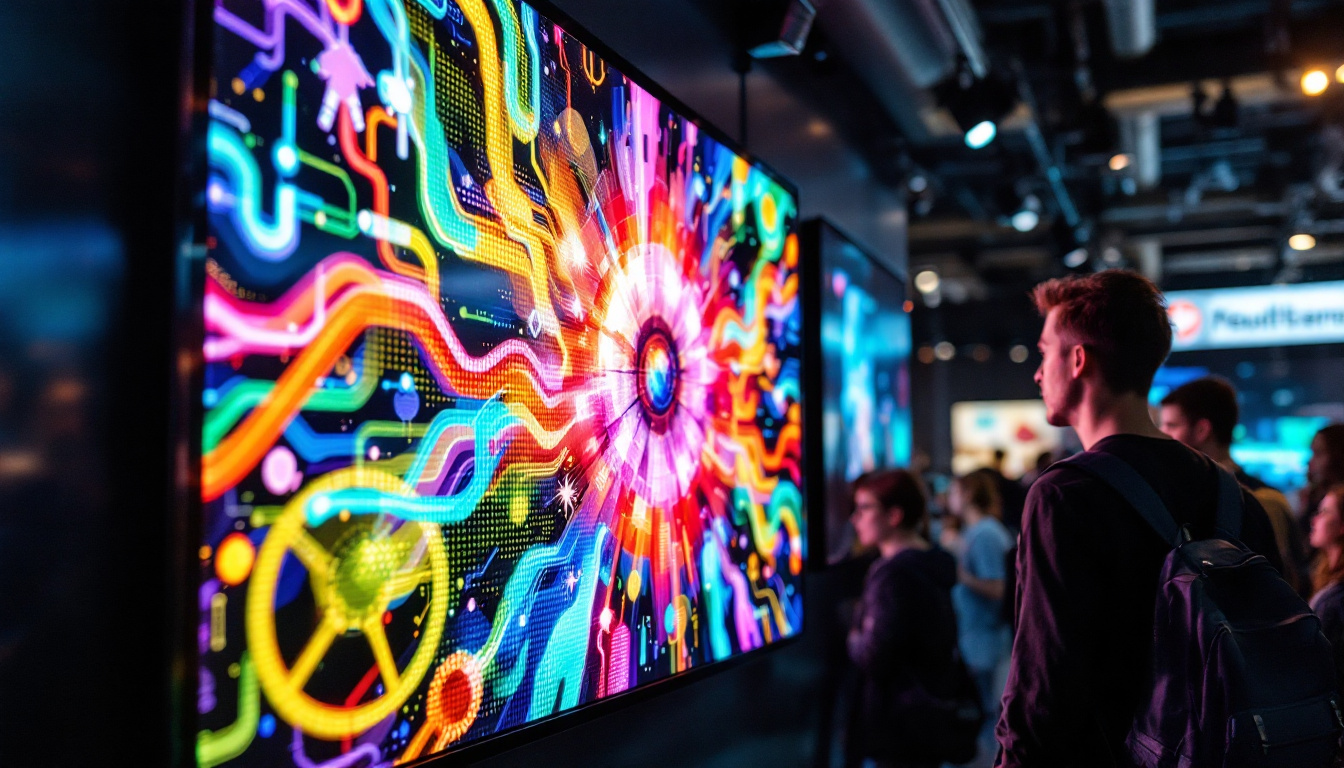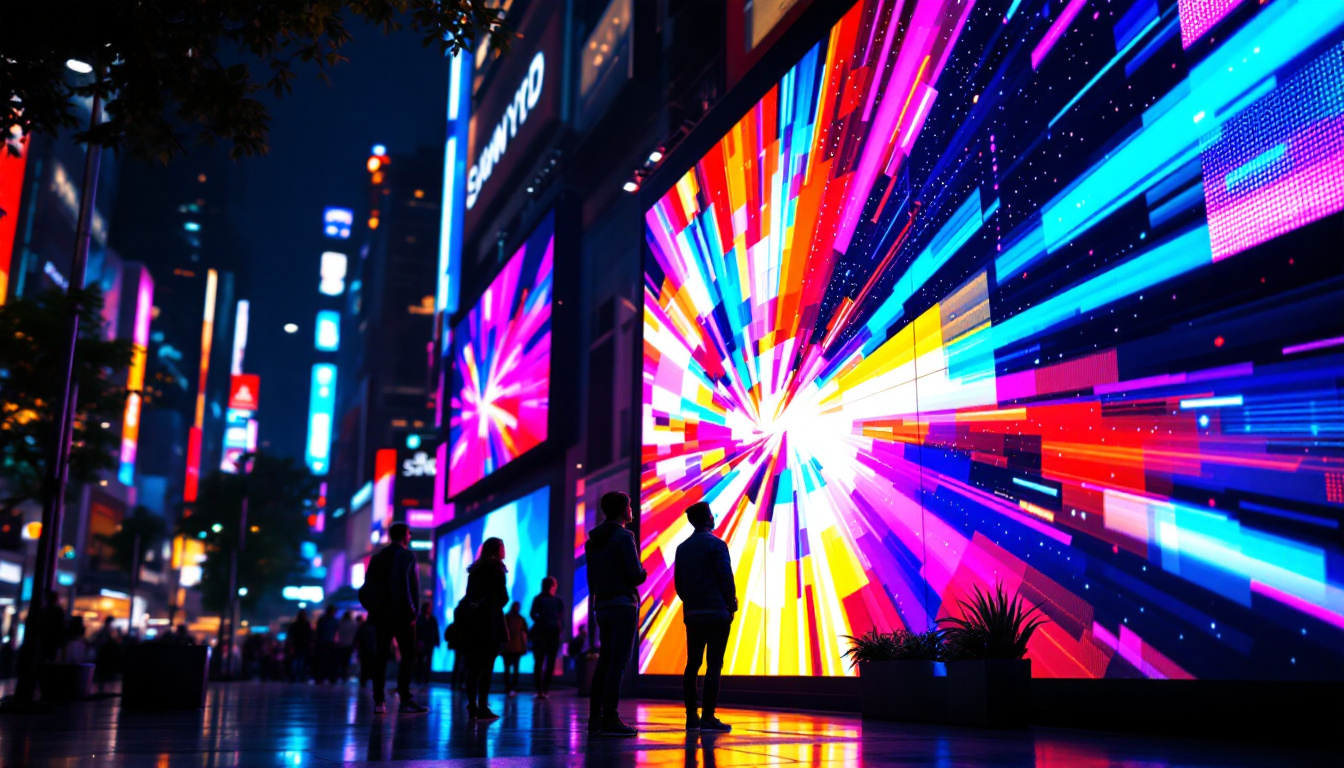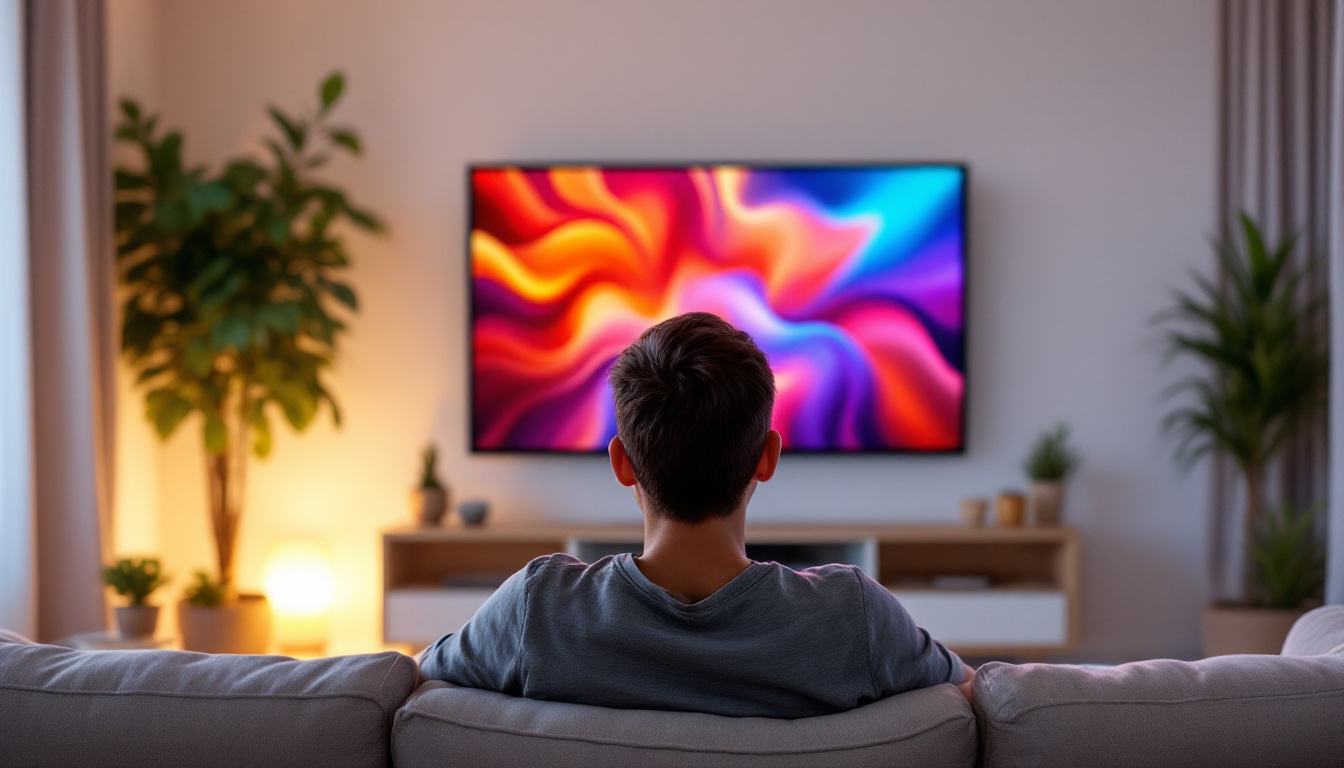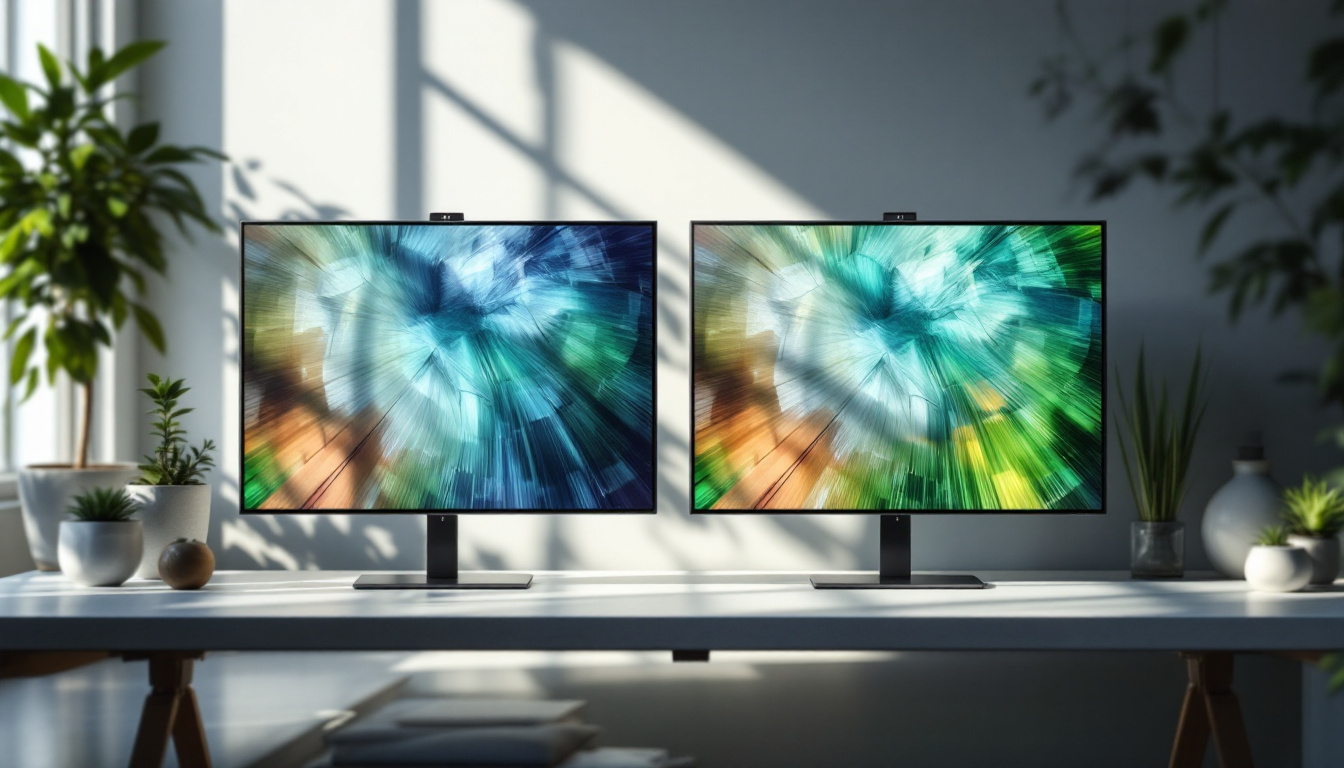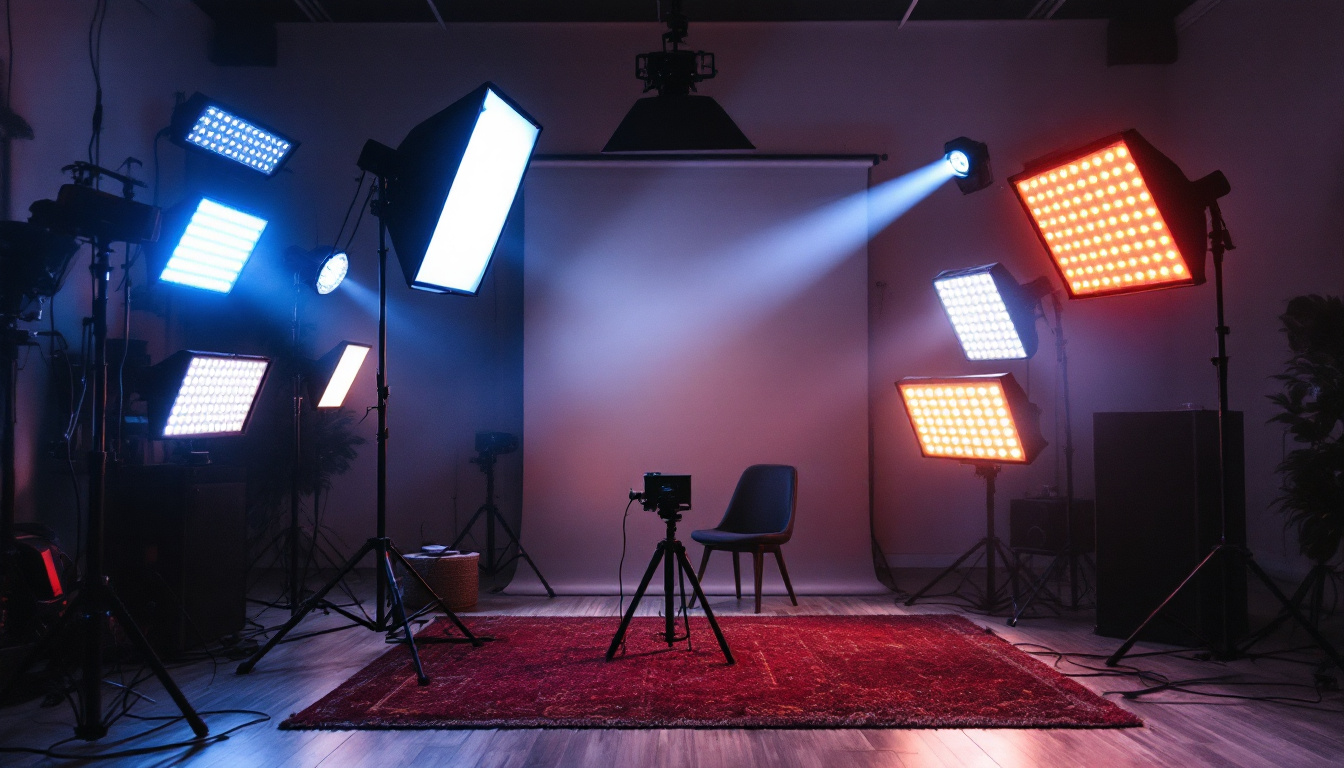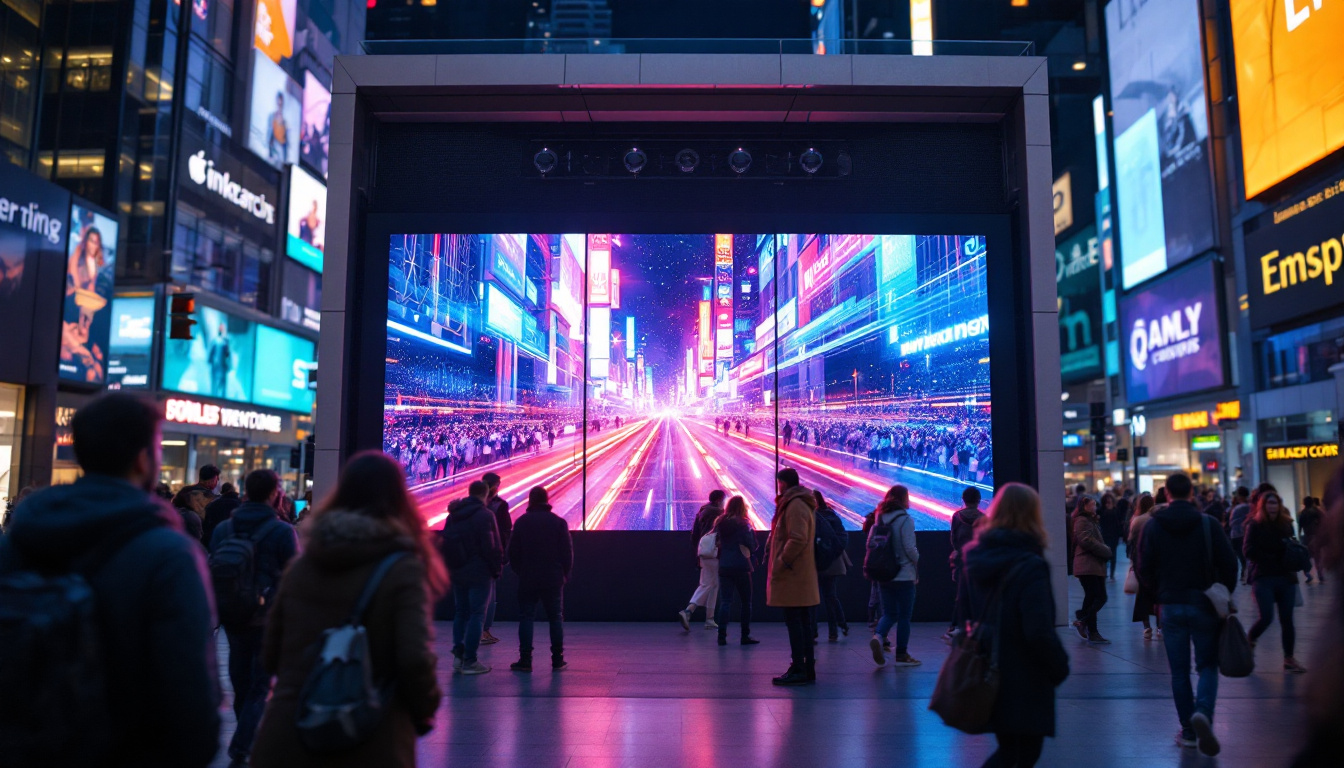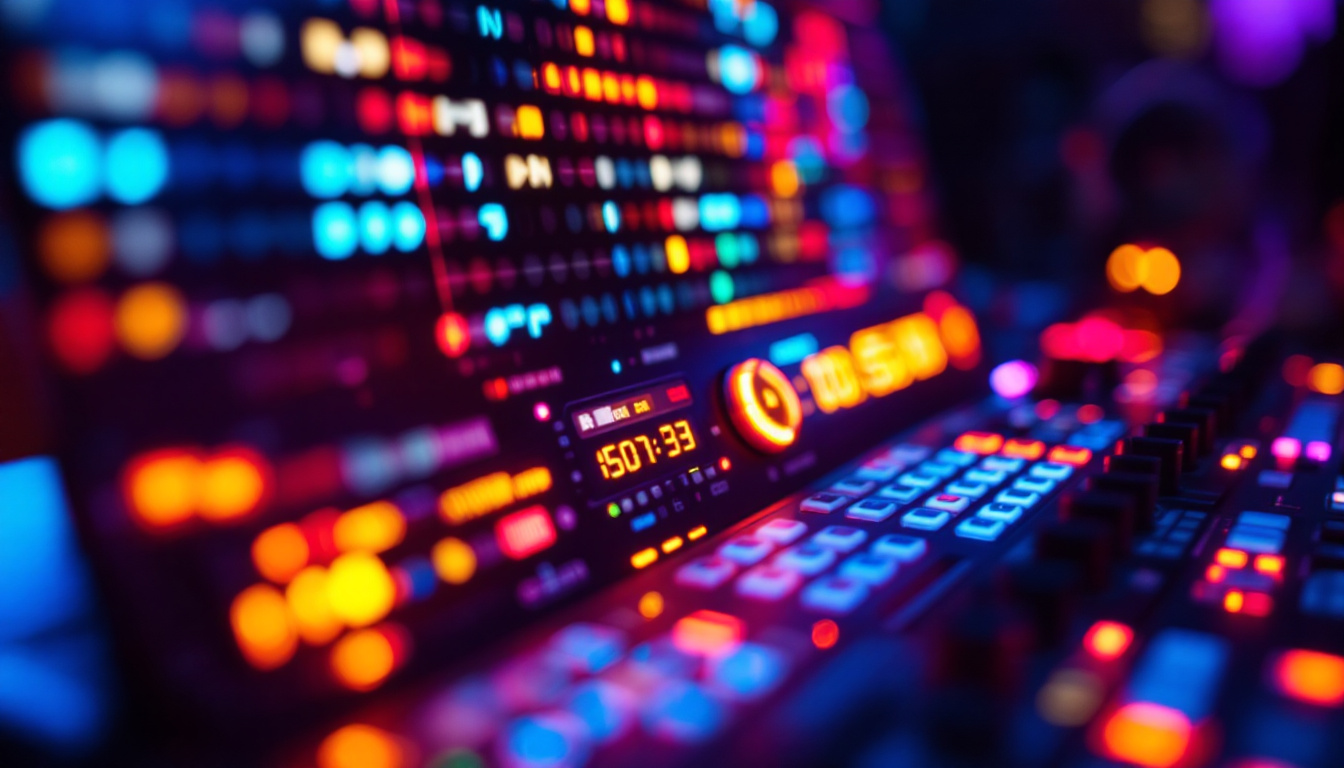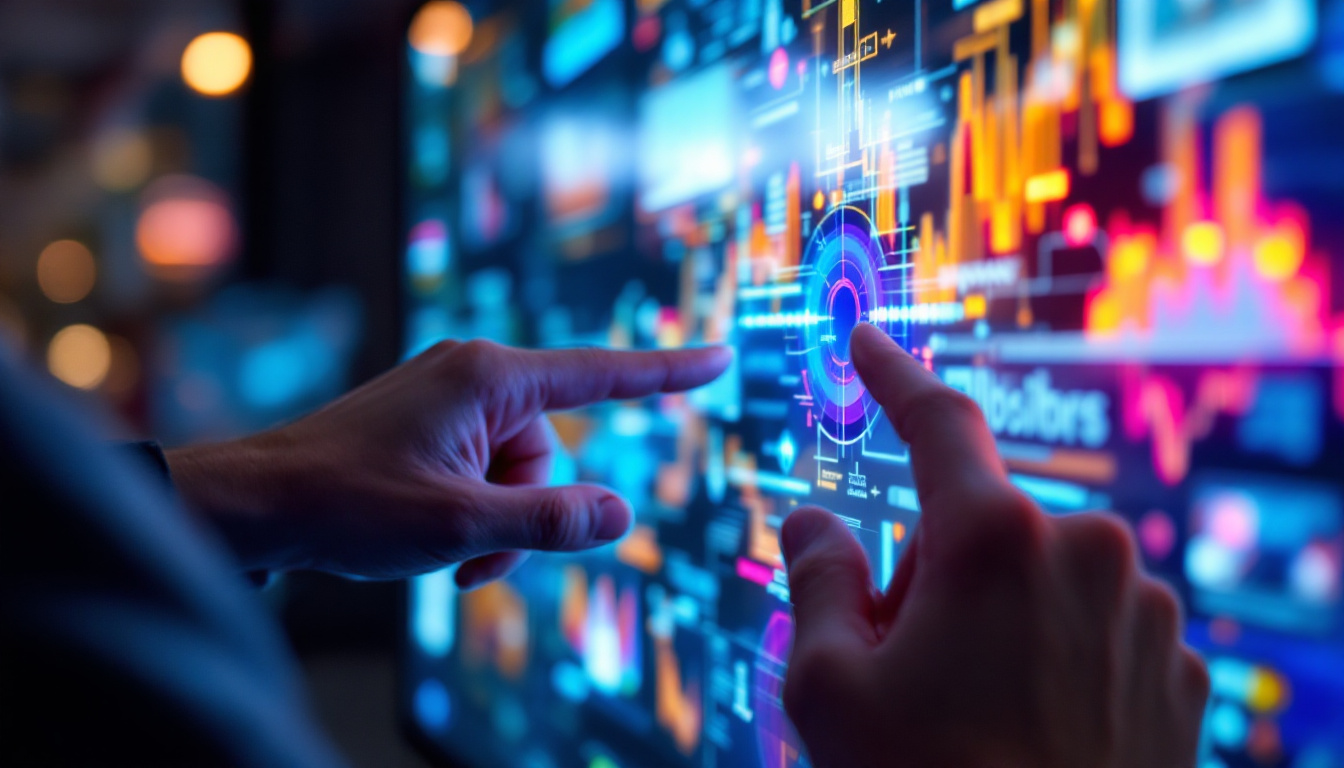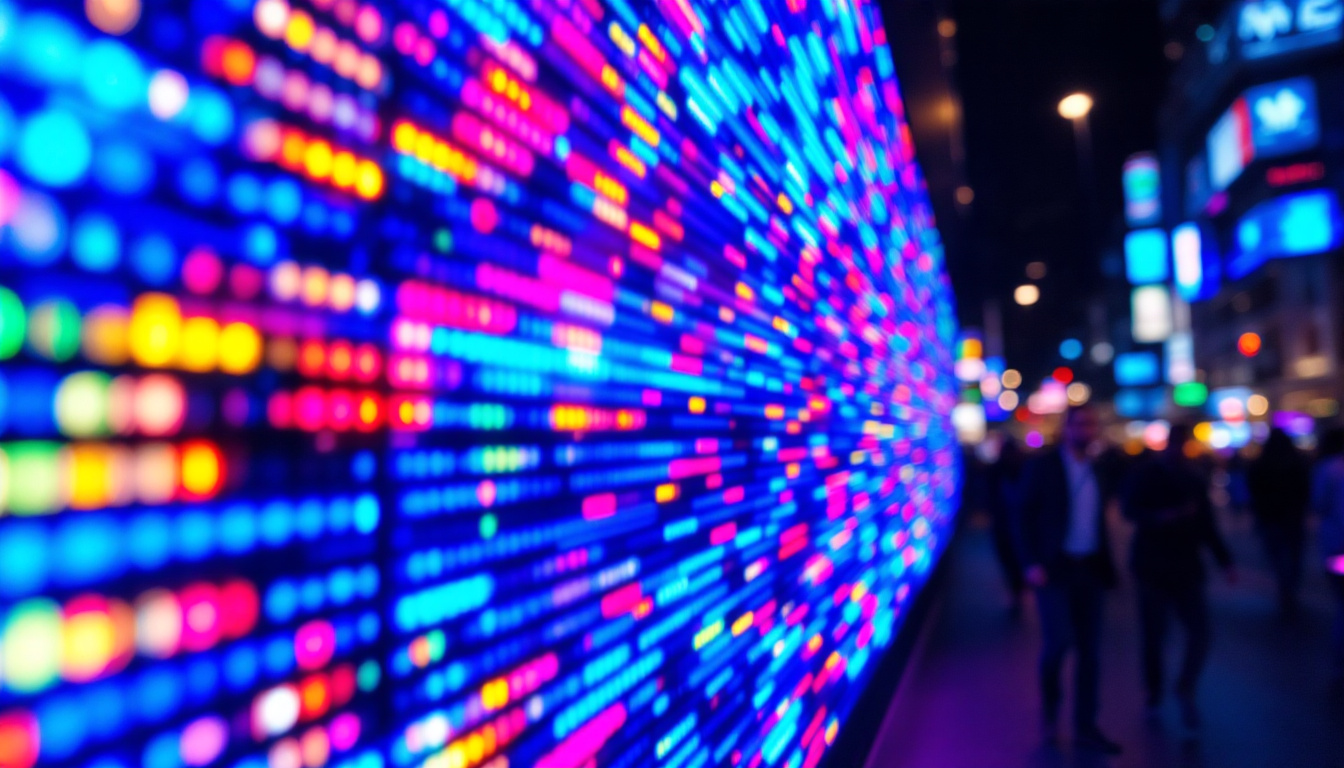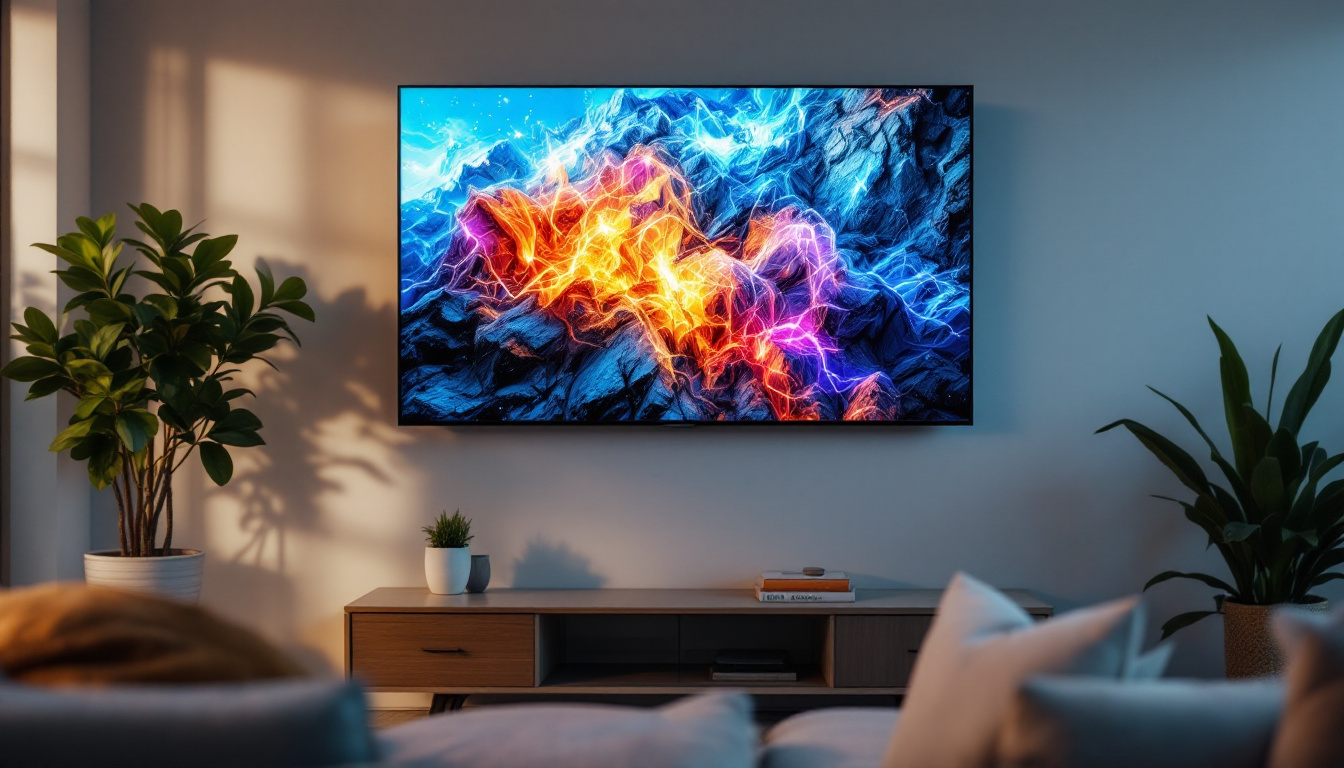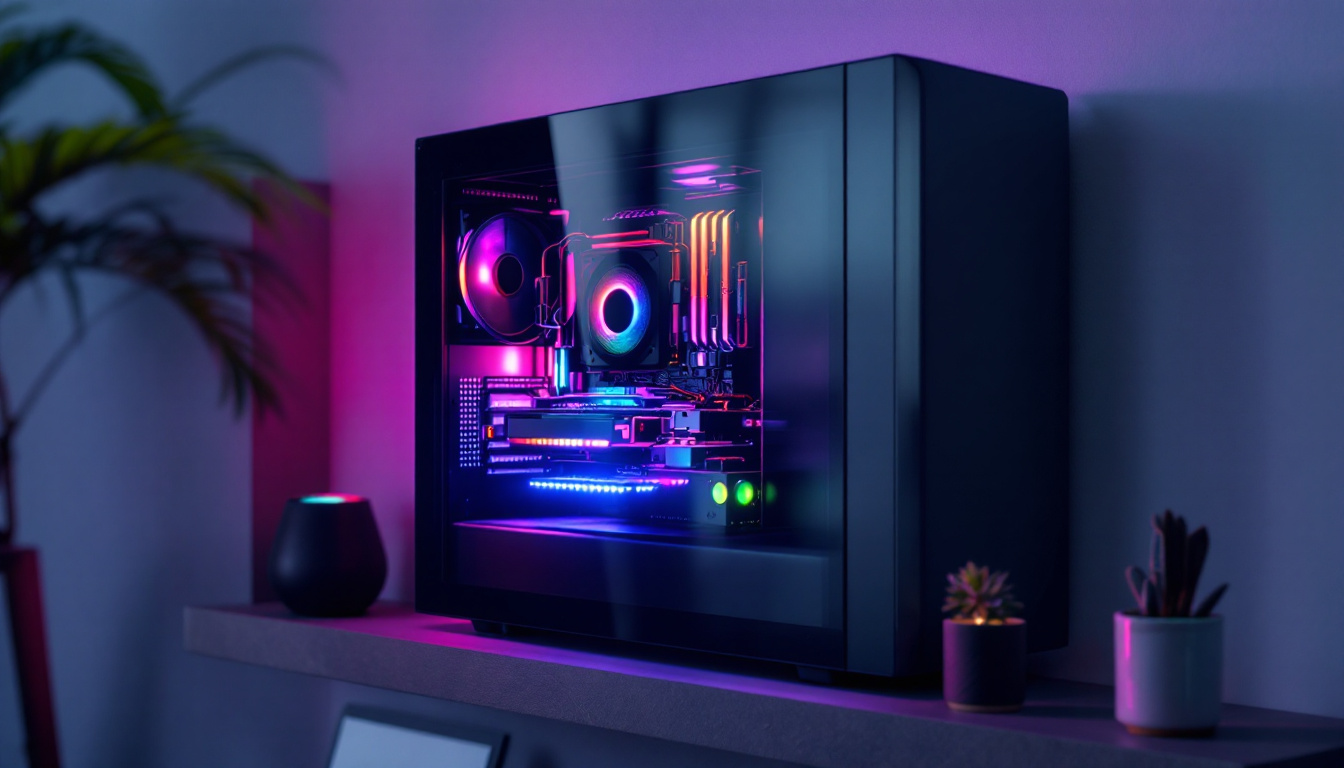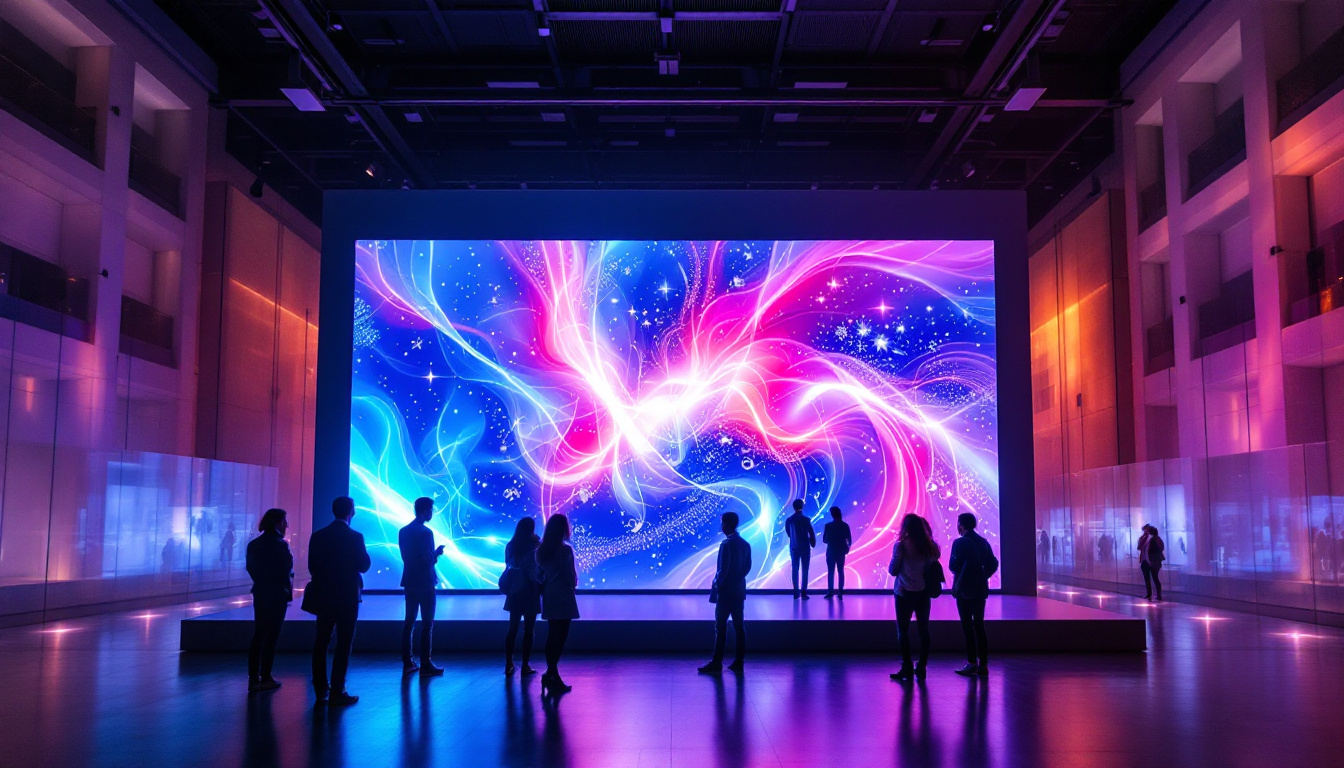In the world of sports and live events, the scoreboard is a critical element that keeps audiences informed and engaged. Over the years, technology has transformed these scoreboards from simple mechanical counters to sophisticated LED display systems. This article delves into the intricacies of scoreboard lighting, focusing on LED displays—how they work, why they are preferred, and what innovations are shaping their future.
Understanding LED Technology in Scoreboards
LED, or Light Emitting Diode, technology has revolutionized the way information is displayed in stadiums, arenas, and other venues. Unlike traditional incandescent bulbs or fluorescent lights, LEDs are semiconductor devices that emit light when an electric current passes through them. This fundamental difference offers several advantages that make LEDs ideal for scoreboard lighting.
How LED Displays Work
At the core of an LED scoreboard is a matrix of tiny LEDs arranged in a grid. Each LED acts as a pixel, and by controlling the brightness and color of each pixel, the display can show numbers, letters, and even complex graphics. Modern scoreboards use full-color RGB LEDs, allowing for vibrant and dynamic content beyond simple numeric scores.
The control system behind the scenes sends electrical signals to the LEDs, turning them on or off in precise patterns to create the desired image. This process happens rapidly, enabling smooth animations and real-time updates during games. The technology also allows for the integration of various data feeds, such as player statistics, game highlights, and advertisements, making the scoreboard not just a functional tool but also a central part of the entertainment experience.
Advantages of LED Scoreboard Lighting
LED displays offer several benefits over older technologies:
- Brightness and Visibility: LEDs produce intense light that remains visible even under direct sunlight, making them perfect for outdoor stadiums.
- Energy Efficiency: LEDs consume significantly less power than incandescent bulbs, reducing operational costs and environmental impact.
- Durability and Longevity: LED modules are robust and have lifespans exceeding 50,000 hours, minimizing maintenance needs.
- Flexibility: Their compact size allows for customizable shapes and sizes, accommodating various scoreboard designs.
In addition to these advantages, LED technology also supports advanced features such as programmable animations and customizable graphics, which can enhance the overall viewing experience for fans. For instance, during a critical moment in a game, the scoreboard can display a celebratory animation or a team mascot, engaging the audience and creating a more immersive atmosphere. Furthermore, the ability to easily update content remotely means that teams can keep fans informed with the latest scores and announcements without the need for manual adjustments, streamlining operations and improving efficiency.
Another significant aspect of LED scoreboards is their adaptability to different sports and events. Whether it’s a football game, basketball match, or even a concert, LED scoreboards can be tailored to meet the specific requirements of each event. This versatility not only maximizes the utility of the scoreboard but also enhances the overall experience for spectators, as they receive timely and relevant information in a visually appealing format. As technology continues to evolve, we can expect even more innovative features to emerge, further solidifying the role of LED scoreboards in modern sports and entertainment venues.
Applications and Importance of LED Scoreboards
Scoreboards are more than just scorekeepers; they are central to the spectator experience and event management. The adoption of LED technology has expanded their functionality and influence across different domains.
Sports Venues
In professional sports, LED scoreboards are ubiquitous. From football stadiums to basketball arenas, these displays provide real-time scores, player statistics, and game clocks. For example, the AT&T Stadium in Texas boasts one of the largest LED scoreboards in the world, measuring approximately 160 feet wide by 72 feet high, offering crystal-clear visuals to tens of thousands of fans simultaneously.
Beyond the score, LED displays facilitate instant replays, advertisements, and interactive fan engagement, enhancing the overall atmosphere and revenue streams for teams and venues. The integration of social media feeds into these scoreboards allows fans to see their tweets and posts displayed in real-time, creating a more immersive experience. Additionally, teams can utilize these boards for promotional content, showcasing upcoming events and merchandise, which can significantly boost sales and fan loyalty.
Other Event Settings
LED scoreboards also play a vital role in non-sporting events such as concerts, conferences, and trade shows. Their ability to display dynamic content makes them ideal for countdowns, announcements, and live updates. In motorsports, for example, LED timing boards provide split-second race data that is crucial for teams and spectators alike.
Moreover, in the realm of corporate events, LED scoreboards can be customized to display key metrics, speaker information, and even live polling results, fostering greater interaction among attendees. The versatility of LED technology allows for seamless transitions between different types of content, ensuring that the audience remains engaged throughout the event. In educational settings, these scoreboards can be used for quizzes and competitions, making learning more interactive and fun for students, while also providing instant feedback on their performance.
Technical Considerations for LED Scoreboard Implementation
Implementing an LED scoreboard requires careful planning and technical expertise. Several factors influence the effectiveness and longevity of the display system.
Pixel Pitch and Resolution
Pixel pitch refers to the distance between the centers of two adjacent LEDs. A smaller pixel pitch means higher resolution and sharper images but typically comes at a higher cost. For scoreboards, the optimal pixel pitch depends on viewing distance; larger venues require bigger pixels to ensure visibility from afar, while indoor arenas can benefit from finer resolution. Additionally, advancements in technology have led to the development of flexible LED displays, which can be tailored to fit unique shapes and sizes, further enhancing the visual experience. This flexibility allows for creative installations that can adapt to various sporting events, ensuring that the scoreboard remains a focal point of excitement and engagement.
Brightness and Contrast Ratio
Brightness is measured in nits (candelas per square meter), and high brightness levels are essential for outdoor scoreboards to combat sunlight glare. Modern LED scoreboards can reach brightness levels above 5,000 nits. Contrast ratio—the difference between the brightest white and darkest black—also affects image clarity, especially in varying lighting conditions. To optimize performance, some scoreboards are equipped with automatic brightness adjustment sensors that adapt to ambient light levels, ensuring that images remain vivid and clear regardless of the time of day or weather conditions. This feature not only enhances visibility but also contributes to energy efficiency, as the scoreboard can reduce power consumption during low-light scenarios.
Weatherproofing and Durability
Outdoor LED scoreboards must withstand harsh weather conditions, including rain, wind, and extreme temperatures. Manufacturers typically design these displays with protective coatings, sealed enclosures, and cooling systems to ensure reliable operation year-round. Furthermore, the materials used in construction often include corrosion-resistant metals and UV-protected plastics, which help maintain the scoreboard’s appearance and functionality over time. Regular maintenance checks are also crucial; many manufacturers provide guidelines for routine inspections to ensure that the scoreboard continues to perform optimally, thereby extending its lifespan and reducing the likelihood of costly repairs.
Control Systems and Connectivity
Advanced LED scoreboards integrate with sophisticated control systems that allow operators to update scores, display multimedia content, and manage animations seamlessly. Connectivity options include wired Ethernet, wireless networks, and cloud-based platforms, enabling remote management and real-time data integration. These control systems often come with user-friendly interfaces that allow for quick adjustments during live events, ensuring that the scoreboard can respond to dynamic situations, such as sudden score changes or timeouts. Additionally, many modern scoreboards support integration with social media platforms, allowing teams to engage with fans by displaying live tweets, player statistics, and promotional content, thus enhancing the overall spectator experience.
Emerging Innovations in LED Scoreboard Displays
The LED scoreboard industry continues to evolve, driven by advancements in technology and changing audience expectations.
High Dynamic Range (HDR) and Enhanced Color Accuracy
HDR technology is being incorporated into LED displays to provide richer colors and greater detail in both bright and dark areas. This improvement enhances the visual experience, making graphics and videos more lifelike and engaging for spectators.
Interactive and Smart Scoreboards
Some modern LED scoreboards are equipped with sensors and interactive capabilities, allowing fans to participate in polls, games, and social media activities directly through the display. Integration with mobile devices and apps is becoming more common, creating a connected and immersive environment.
Energy Harvesting and Sustainability
With growing emphasis on sustainability, manufacturers are exploring energy-harvesting technologies such as solar panels integrated into scoreboard structures. Coupled with the inherent energy efficiency of LEDs, these innovations aim to reduce the carbon footprint of large venues.
Choosing the Right LED Scoreboard for Your Venue
Selecting an appropriate LED scoreboard involves balancing technical specifications, budget, and intended use. Venue managers and event organizers should consider the following:
Assessing Venue Size and Viewing Distance
The size of the venue and the typical distance of spectators from the scoreboard are primary factors. Larger venues require bigger displays with higher brightness, while smaller indoor arenas can opt for finer resolution and more detailed content.
Content Requirements
Determine the type of information to be displayed—whether just scores and time or multimedia content like videos and advertisements. This will influence the choice of display resolution, color capabilities, and control system complexity.
Budget and Maintenance
While LED scoreboards represent a significant investment, their long-term benefits in durability and energy savings often justify the cost. It is also important to consider maintenance services, warranty, and potential upgrade paths to future-proof the installation.
Conclusion
LED scoreboard lighting has transformed the way information is communicated in sports and event venues, offering unparalleled brightness, flexibility, and durability. As technology advances, these displays are becoming more interactive, energy-efficient, and visually stunning, enhancing the spectator experience and operational efficiency.
Understanding the technical aspects and applications of LED scoreboards is essential for venue managers, event organizers, and technology integrators aiming to deliver impactful visual communication. By carefully selecting and implementing the right LED display, venues can create memorable experiences that captivate audiences and support a wide range of event needs.
Illuminate Your Venue with LumenMatrix
Ready to elevate your venue’s visual experience with the latest in LED display technology? LumenMatrix is at the forefront of innovation, offering a comprehensive range of LED display solutions tailored to your unique needs. From vibrant Indoor LED Walls to dynamic Sports Displays, our products are designed to captivate your audience and amplify your message. Discover how LumenMatrix can transform your space and create unforgettable experiences. Check out LumenMatrix LED Display Solutions today and light up your world with clarity and impact.

